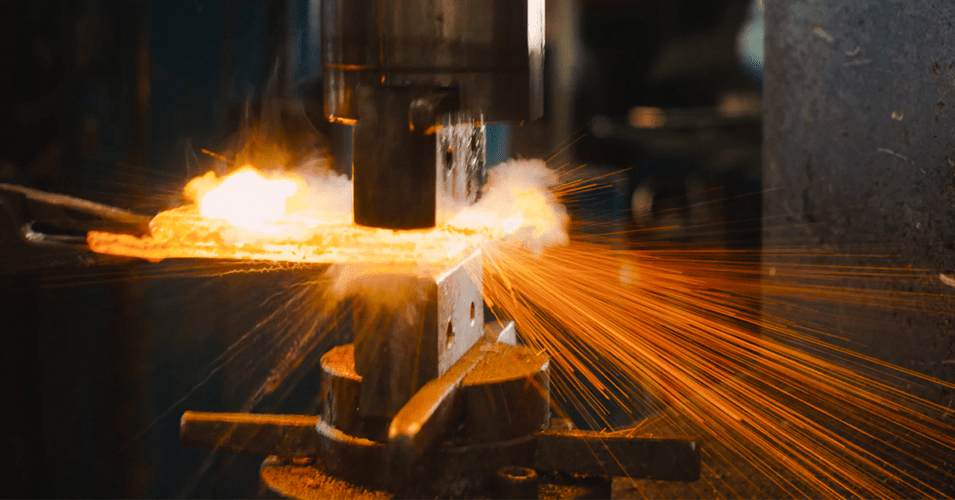In the annals of human history, the art of forging has played a pivotal role in shaping the development of civilizations. From the earliest days of sharpened stones and crude tools to the advanced machinery of the modern era, hot forging has been at the heart of crafting essential items. This article delves into the fascinating journey of hot forging, exploring its evolution from crafting formidable swords to producing intricate machine components like sprockets.
The Ancient Origins of Hot Forging
Hot forging, as a metallurgical process, has roots that date back thousands of years. Early humans, in their quest for survival and advancement, discovered the transformative power of heat on metal. The Bronze Age marked a significant leap in forging technology, as people learned to melt and shape metals like copper and tin to create stronger, more durable tools and weapons.
- The Birth of Weapons and Tools: One of the earliest and most iconic uses of hot forging was in the creation of weapons. Forging allowed humans to craft swords, spears, and armor, revolutionizing warfare and protection. The skill of blacksmiths in heating metal and skillfully wielding their hammers was essential to the development of these weapons.
- Cultural Significance: Swords, in particular, held immense cultural significance. They were not just instruments of war but symbols of honor, power, and chivalry. Legendary blades like Excalibur and the katana became legends in their own right, reflecting the artistry and craftsmanship of their creators.
The Medieval Forge
The Middle Ages saw a flourishing of forging techniques as metallurgy and blacksmithing became more refined. Smiths developed the ability to create intricate patterns in blades, such as Damascus steel, prized for its strength and beauty. The art of hot forging expanded beyond weapons to include tools, hardware, and everyday items like horseshoes and cooking utensils.
- The Role of Guilds: Blacksmithing guilds emerged during this period, regulating the trade and ensuring quality standards. These guilds played a vital role in passing down knowledge from one generation of blacksmiths to the next, preserving and advancing the craft.
- Architectural Marvels: Forging was also integral to the construction of medieval cathedrals and castles. Skilled blacksmiths crafted intricate ironwork for doors, gates, and interior fixtures, showcasing the artistic possibilities of hot forging.
The Industrial Revolution and Modern Applications
The Industrial Revolution marked a turning point in the history of hot forging. The invention of steam engines and the development of factories led to the mechanization of many manufacturing processes, including forging. This era saw the birth of massive forging presses and the production of standardized components for machinery.
- Sprockets and Gears: Hot forging became essential in the production of gears, sprockets, and other machine components. These precision-engineered parts played a crucial role in the mechanization of various industries, from textiles to transportation.
- Aerospace and Automotive: In the 20th century, hot forging found applications in aerospace and automotive industries. The ability to create high-strength, lightweight components made hot forging an indispensable part of modern engineering.
Conclusion
From its humble origins in the forging of weapons to its pivotal role in modern industrial processes, hot forging has come a long way. This ancient art has shaped human history, not only by supplying tools and weapons but also by influencing culture, architecture, and technology. As we continue to advance in the realms of metallurgy and engineering, it’s worth reflecting on the enduring legacy of hot forging and the profound impact it has had on our world, from swords to sprockets.





